Diverse Applications
The versatility of handheld vacuum cleaners is a notable driver in the Handheld Vacuum Cleaner Market. These devices are not only used for household cleaning but also find applications in automotive cleaning, pet grooming, and even in commercial settings. This broad range of uses appeals to a diverse consumer base, from homeowners to professionals. The market is witnessing an increase in specialized models designed for specific tasks, such as car detailing or pet hair removal. Data suggests that the segment catering to automotive cleaning is projected to grow by 10% over the next few years, highlighting the expanding applications of handheld vacuums beyond traditional household use.
Sustainability Trends
Sustainability trends are significantly influencing the Handheld Vacuum Cleaner Market. Consumers are increasingly seeking eco-friendly products that minimize environmental impact. This shift is prompting manufacturers to develop handheld vacuums that utilize recyclable materials and energy-efficient technologies. For example, some brands are now offering models that are powered by rechargeable batteries, reducing reliance on disposable batteries. Additionally, the market is seeing a rise in products that are designed for longevity, thereby reducing waste. Recent statistics indicate that eco-conscious consumers are willing to pay a premium for sustainable products, which could lead to a substantial increase in market share for environmentally friendly handheld vacuums.
Rising Consumer Awareness
Consumer awareness regarding cleanliness and hygiene is a pivotal driver in the Handheld Vacuum Cleaner Market. As households become more conscious of maintaining a clean environment, the demand for efficient cleaning solutions is on the rise. This heightened awareness is particularly evident in urban areas, where space constraints necessitate the use of compact cleaning devices. Market data suggests that the sales of handheld vacuums have increased by 20% in the last year, reflecting a shift in consumer preferences towards portable and easy-to-use cleaning tools. Furthermore, the emphasis on maintaining a dust-free environment, especially for families with children and pets, is likely to propel the market further.
Technological Innovations
The Handheld Vacuum Cleaner Market is experiencing a surge in technological innovations that enhance performance and user experience. Features such as advanced filtration systems, smart sensors, and improved battery life are becoming increasingly prevalent. For instance, the integration of HEPA filters in handheld vacuums is gaining traction, as it effectively captures allergens and fine dust particles, catering to health-conscious consumers. Moreover, the market is witnessing the rise of cordless models, which offer greater convenience and maneuverability. According to recent data, the demand for technologically advanced handheld vacuums is projected to grow by approximately 15% annually, indicating a robust trend towards innovation in this sector.
Urbanization and Space Constraints
The ongoing trend of urbanization is a significant driver for the Handheld Vacuum Cleaner Market. As more individuals and families move into urban settings, the demand for compact and efficient cleaning solutions is escalating. Handheld vacuums are particularly appealing to city dwellers who often face space constraints in their homes. The convenience of these devices allows for quick clean-ups in small living areas, making them an attractive option for busy lifestyles. Market analysis indicates that urban populations are expected to grow by 2% annually, which may lead to a corresponding increase in the demand for handheld vacuum cleaners, as consumers seek practical solutions for their cleaning needs.


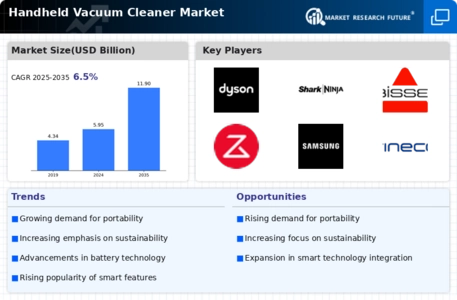
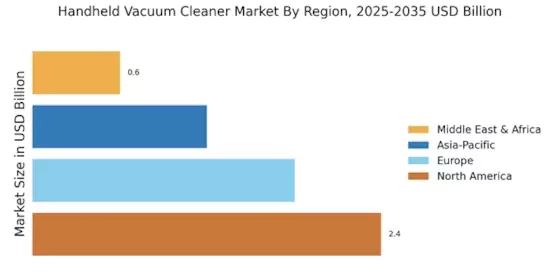
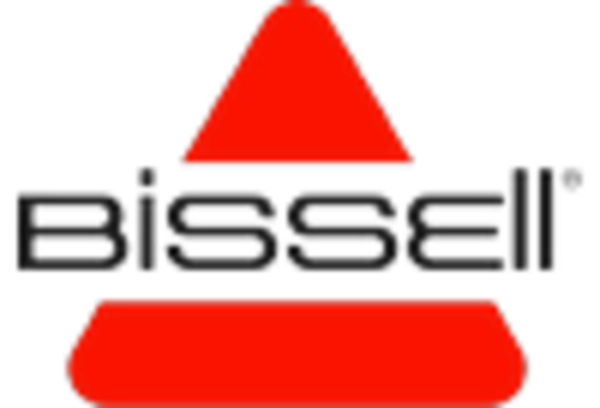

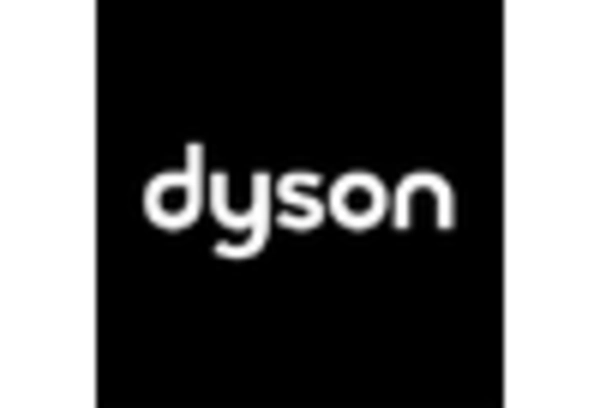
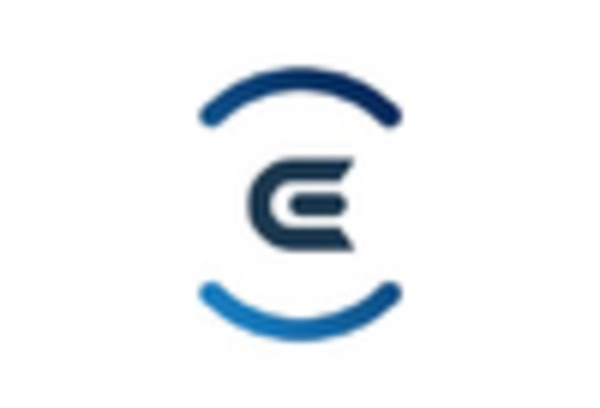

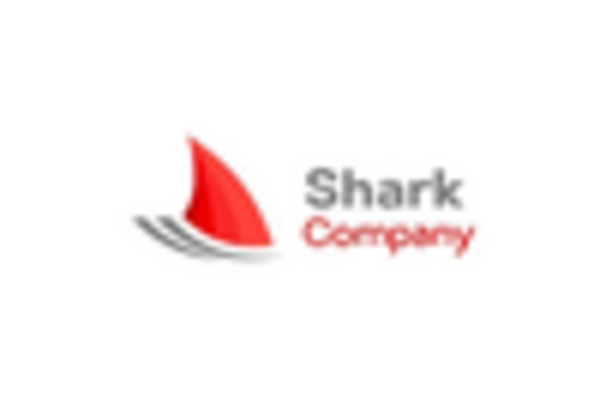








Leave a Comment